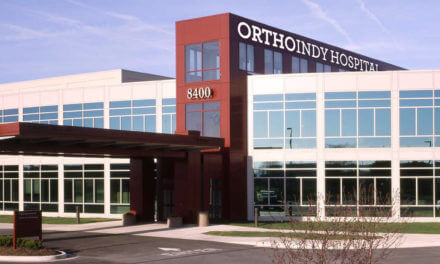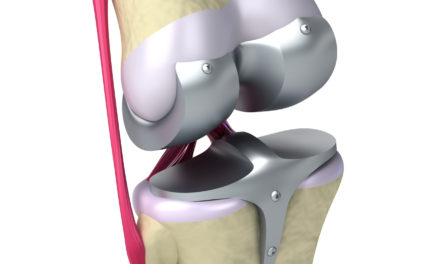Healthcare, specifically the Orthopedics, Spine, and Neurosciences specialties, are in a period of extended and dramatic change driven largely by new models of reimbursement, novel technology, increased hospital-physician alignment, and a heightened focus on demonstrable clinical quality. Because of an aging population and the prevalence of musculoskeletal and neurological conditions, these specialties are among the most attractive to develop in both medical centers and community-based settings.
One of the most important (and ultimately beneficial) by-products of this change is the emergence of deliberate efforts by hospitals to collaborate with their medical staff. What this means in practice is that the management and delivery of the core elements of care (financial performance, clinical outcomes, and operational efficiency) are migrating away from hospitals and physicians working independently (and sometimes at cross purposes to one another) toward increased collaboration.
While fee-for-service reimbursement is currently the dominant model, payment is inexorably moving to models such as bundling, total episode-of-care payment, capitation, and other fixed-fee arrangements. Under such models, the hospital may be the recipient of a single payment, which is then shared with physicians.
[Read the rest of the article online here or access a pdf here.]
Patrick Vega is vice president at Corazon, a national leader in program development for the Heart, Vascular, Neuroscience, Spine, and Orthopedic service lines, offering services in Consulting, Recruitment, Interim Management, IT Solutions, and Accreditation. They provide the strategic, clinical, operational, market, and financial expertise necessary to develop outstanding specialty programs, regardless of your existing scope of services.







